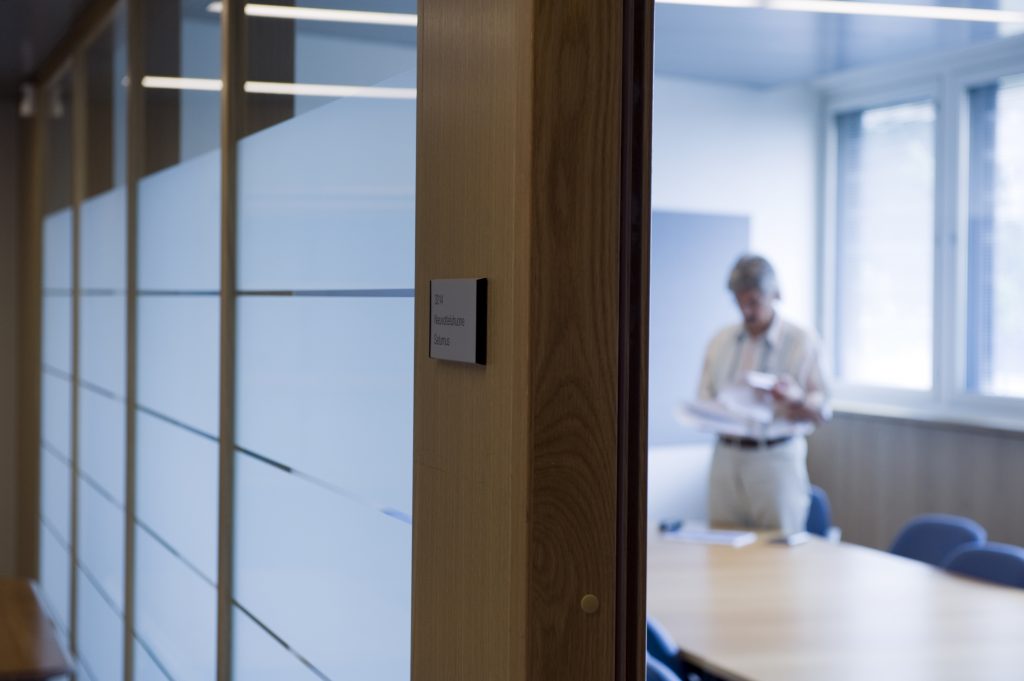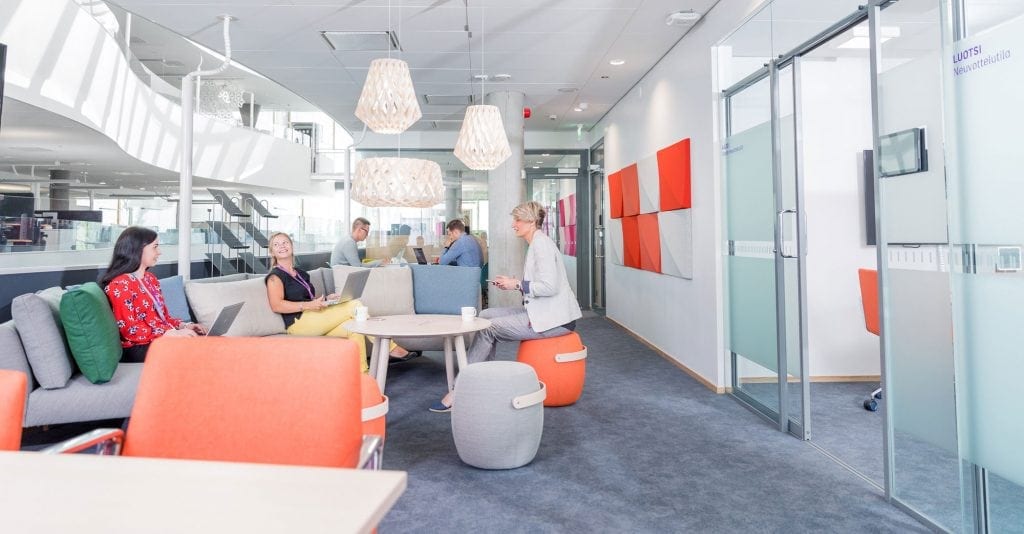
Space management for administration
Space management for administration, HTH service, is a facility management service provided by Senate Properties to its government administration clients.
The HTH information service helps your organisation to manage and optimise the use and costs of your facilities.
Space management for administration is a joint facility management tool for the government community. It has an up-to-date information platform for directing, planning and making decisions about facility management. The HTH service increases the transparency of property-related usage, energy and cost information. The information provided by the HTH service is also used in the preparation of joint government guidelines and instructions.
The role of Senate Properties is to serve as the government’s centralised expert organisation in facility management. The role means that we seek solutions that benefit both the customer and the government community. We want to promote the development of good working environments while making sure that the space solutions are economically effective. We want to offer solutions that improve effectiveness in a controlled manner by working closely together with our customers.
Advantages of using HTH
When different branches of administration have access to uniform and up-to-date data, it is easier to make fair decisions based on the data. Optimising the use of facilities brings significant savings on facility management. When facility planning is connected to improving the working environment, the result is a significantly higher occupancy rate and more functional working environment, which in turn have a positive impact on the organisation’s performance.
1. Facility data from one source
The HTH data service is a centralised hub for uniform facility, contract, cost and user data management, which means that less time is spent on sourcing data and preparing reports from different sources. It also improves the quality of facility management since it allows decisions to be made based on reliable information. The HTH service contains contract information about both Senate Properties and other landlords. It also uses data provided by the government financial and HR management system Kieku.
2. Producing information together promotes facility management planning
It is important for facility, contract and cost information to be regularly produced and maintained together with Senate Properties. When this is done, the customer has access to up-to-date information about the actual usage and costs of the facilities. Together with environmental impact information, this information makes facility planning and budgeting easier.
3. Uniform comparison data help set targets and identify viable solutions
The corporate reporting function of the HTH data service compiles a list of key figures about government facility usage and costs twice a year. The data provided by corporate reporting help facility managers compare the effectiveness and environmental impact of their facility against facilities of similar organisations. Traditionally, information about facilities has been difficult to outline. Different terms, measurement methods and interpretations have made it virtually impossible to make objective comparisons. In the HTH data service, data from all profit centres are defined according to the same principles. This makes corporate-level facility data uniform and easy to understand.
4. Strategy-level facility management can be done
Profit centres and directors need as much accurate information as possible when setting targets, defining strategies and monitoring outcomes. Thanks to the information contained in the HTH data service, ministries can gain a firm grasp of strategic facility management. This means defining strategic facility management solutions, maintaining facility portfolios and managing organisations through changes.
Users of the facilities, on the other hand, require information and tools in order to plan their operations and how to use the facilities. The HTH facility and HR information sheds light on how an organisation uses its facilities, which spaces are not being fully utilised and which facilities might be too small.

Environmental perspective requires more effective facilities
The Finnish government is committed to achieving the EU’s energy efficiency targets. Energy consumption is the biggest source of greenhouse emissions in facilities and it has the largest impact on the size of the facilities’ carbon footprint. Cutting the number and square footage of facilities directly reduces energy consumption and the impact on the environment. This effect can be seen especially clearly in the calculations per single employee.
Goal: excellent working environment in a financially sound manner
Government policies aimed at cutting public spending along with structural changes increase the need to streamline operations and allocate savings in a way that poses no risks to core operations. In a situation like this, facilities are at the top of the list of expenses to cut. However, facilities are a resource, and trying to achieve savings without considering their impact on the core operations will only lead to poor results. That being said, facilities have savings potential, and, if utilised carefully, it will not impair the working conditions but even improve them.
HTH supports the government’s efforts to deepen consolidated corporate governance and the development of joint services. The service provides ministries with an information platform for making financing decisions about facilities and monitoring their outcomes. The HTH corporate reporting function compiles key figures about administrative branches and profit centres in a comparable format. This allows profit centre directors to see how their organisation’s key figures stack up against other profit centres in the comparison group.
Contact by e-mail: hth(at)senaatti.fi
More about the service
Consolidated meters
- Costs of the sites
- Facility usage of the departments
- Effectiveness of facility usage
Information that benefits office users
- Building- and region-specific cost differences
- Costs and facility usage of departments and business areas
- Available and empty spaces in offices
- Contractual commitments and modification options
Information that benefits users of special facilities
- Building- and region-specific cost differences
- Cost differences of special facilities by region
- Effectiveness of the usage of functional departments
Government community level
- Setting government-level facility and environmental targets
- Preparing the government’s operational strategy
- Budgeting
- Verifying the achievements
Administrative branch level
- Setting facility and environmental targets at the administrative branch level
- Planning facility strategies at the administrative branch level
- Performance-based management
- Budgeting
- Verifying the achievements
Offices and agencies
- Strategic facility planning of large offices and agencies
- Performance-based management
- Budgeting
- Financial management
- Staff management
- Information management
- Environmental governance
- Verifying achievements

Better working environments through facilities that support mobile working
The government administration is no stranger to new ways of working. Activity-based environments, hot desking, mobile working and shared facilities set new requirements for offices and other working environments. When these are taken into consideration when planning the facilities, the occupancy rate goes up. The end result is an office with fewer square metres and better functionality.

Executive work environment services
We help government organisations update their ways of working and create practical, safe work environments that support their work. Our vision is that the Finnish government is a pioneer of new ways of working and work environments.
